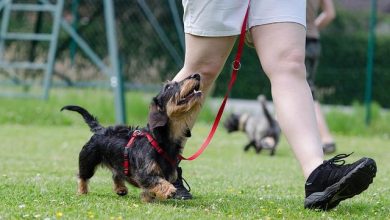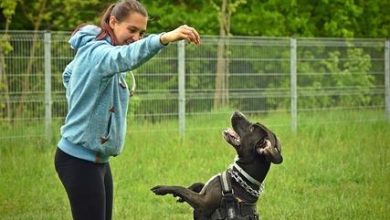Should You Reward a Dog That Has Bad Behavior
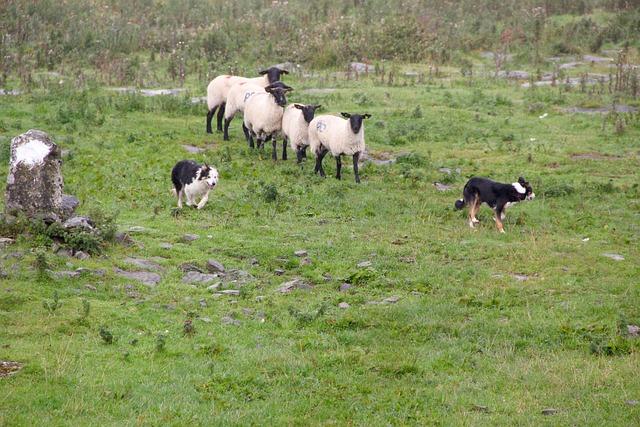
In the world of dog ownership, few topics spark as much debate as the question of how to handle a pet’s bad behavior. At the heart of this discussion lies a complex puzzle: should we reward our furry companions even when they misbehave? On one hand, dogs are known for their loyalty and unconditional love, yet on the other, they can sometimes test our patience with their antics. As pet owners, trainers, and animal behaviorists grapple with this conundrum, it’s crucial to explore the underlying psychology of canine conduct, the potential impact of positive reinforcement, and the fine line between encouragement and enabling. Join us as we delve into this intriguing topic, balancing insights from experts with real-world anecdotes, to uncover whether rewarding a misbehaving dog is a step towards harmony or a slippery slope.
Understanding Canine Psychology: The Root of Bad Behavior
To truly address canine misbehavior, it’s essential to delve into the intricacies of a dog’s mind. At the heart of understanding this lies the realization that dogs, much like humans, are complex beings with their own emotions and motivations. Behavioral issues often stem from a variety of sources, such as:
- Lack of Socialization: Dogs that have not been properly socialized may exhibit fear or aggression.
- Unmet Needs: If a dog’s basic needs for exercise, mental stimulation, or companionship are not met, it may act out.
- Inconsistent Training: Mixed signals from owners can confuse dogs, leading to undesired behaviors.
- Past Trauma: Rescued dogs might have past experiences that manifest as behavioral issues.
It’s important to recognize that bad behavior is often a communication method for dogs, signaling that something is amiss. Instead of immediately opting for punishment, a more effective approach might be identifying the underlying cause and addressing it directly. By doing so, not only can unwanted behavior be mitigated, but the bond between dog and owner can also be strengthened.
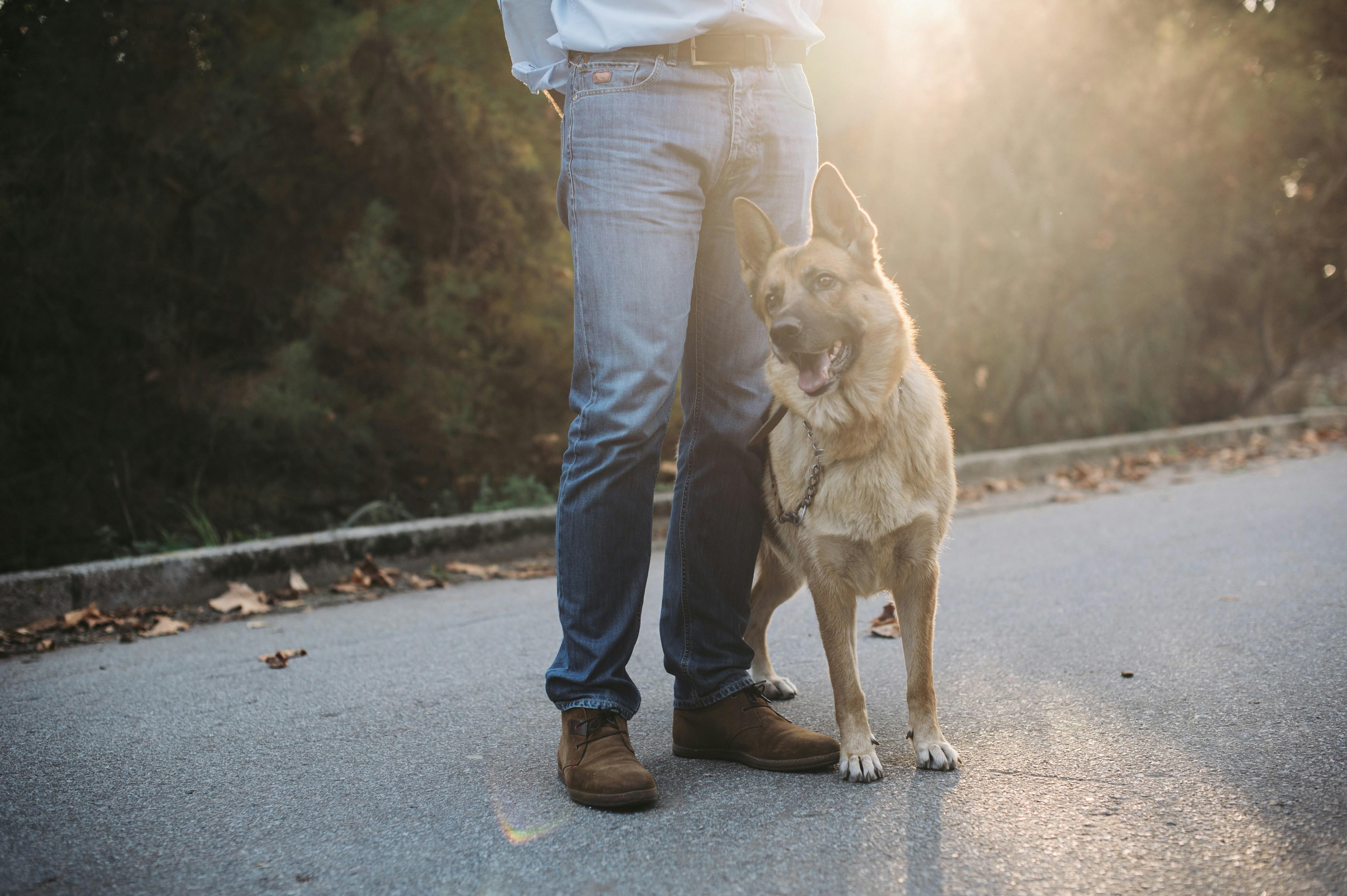
The Pros and Cons of Reward-Based Training
Reward-based training is a popular method among dog owners and trainers, offering a range of benefits that can make it an effective approach for teaching new behaviors. Pros include:
- Positive Reinforcement: Encourages good behavior by rewarding the dog with treats, praise, or playtime, which can strengthen the bond between the dog and the owner.
- Stress-Free Learning: Creates a learning environment free of fear and anxiety, fostering a more confident and eager-to-learn pet.
- Adaptability: Can be applied to a variety of behaviors, making it versatile for training everything from basic commands to complex tricks.
However, this method is not without its cons:
- Inconsistent Results: May lead to inconsistent behavior if rewards are not given immediately or if the dog becomes reliant on treats.
- Misinterpretation: Can inadvertently reinforce bad behavior if rewards are given at the wrong time, leading to confusion about what is being rewarded.
- Overindulgence: Excessive use of treats can contribute to weight gain and health issues if not managed properly.
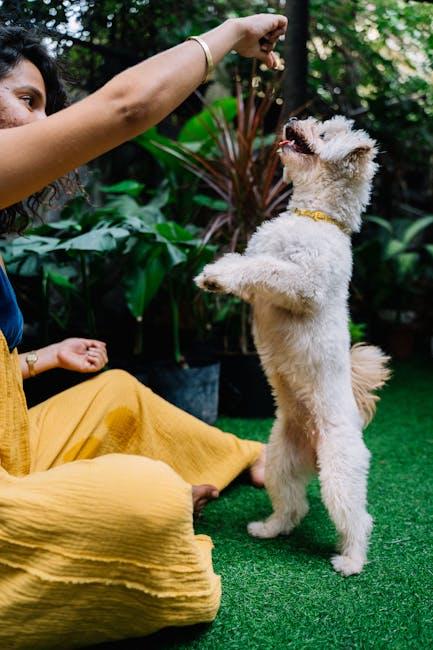
Alternative Strategies for Addressing Misbehavior
When faced with a furry companion’s less-than-stellar behavior, it’s crucial to explore a variety of approaches beyond traditional discipline. Consider these alternative strategies that may offer more constructive pathways to a well-behaved pet:
- Redirect Attention: Instead of reacting to misbehavior with punishment, guide your dog towards an acceptable activity. For instance, if your dog is chewing on furniture, offer a chew toy instead. This not only corrects the behavior but also enriches their playtime with positive reinforcement.
- Positive Reinforcement: While rewarding bad behavior is not advisable, recognizing and rewarding good behavior is essential. Acknowledge your dog’s compliance with a treat or praise when they follow commands or exhibit desired behaviors.
- Environmental Management: Sometimes the environment itself can be the trigger for misbehavior. Evaluate and adjust your surroundings to minimize temptations and distractions, ensuring that your home is a conducive space for good behavior.
- Training Sessions: Regular training can be a game-changer. Incorporate short, engaging training sessions into your routine to reinforce commands and improve obedience, making sure to keep the experience enjoyable for both you and your pet.
By implementing these strategies, you can cultivate a harmonious relationship with your dog, fostering an environment where good behavior naturally thrives.
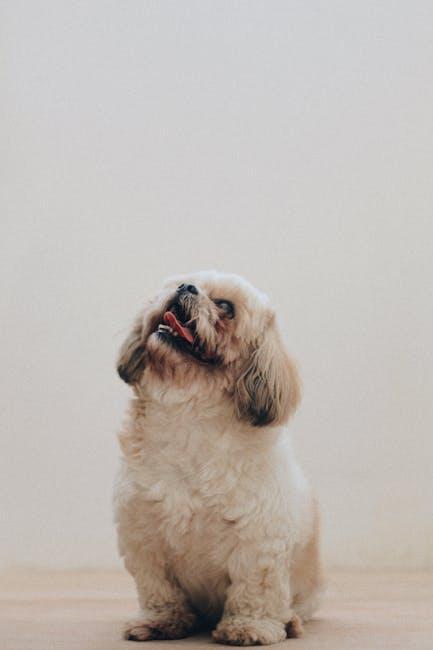
Building a Positive Environment for Your Pet
Creating a harmonious living space for your furry friend involves understanding their behavior and responding appropriately. While it may be tempting to reward your dog even when they display undesirable behavior, it’s crucial to recognize the impact of reinforcement. Offering a treat or affection at the wrong time might inadvertently encourage them to repeat the negative action. Instead, consider implementing positive reinforcement strategies that focus on rewarding good behavior. This could include:
- Timing: Ensure that rewards are given immediately after the desired behavior is exhibited.
- Consistency: Apply the same rules and responses across all family members to avoid confusion.
- Positive Reinforcement: Use treats, praise, or playtime to encourage behaviors you wish to see more often.
By focusing on positive reinforcement and understanding the root causes of bad behavior, you can cultivate an environment where your pet feels safe and understood. This approach not only strengthens the bond between you and your dog but also promotes a more balanced and joyful coexistence.
